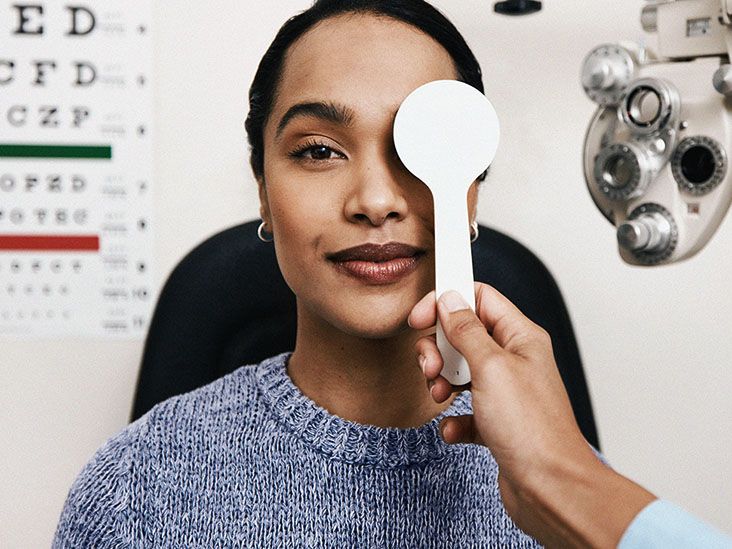Cataract Care Solution: Your Comprehensive Guide to Treatment Alternatives
Cataract Care Solution: Your Comprehensive Guide to Treatment Alternatives
Blog Article
Whatever You Need to Understand About the Most Current Developments in Glaucoma Treatment and Eyecare
In the world of eye health, improvements in the therapy and administration of glaucoma have actually been steadily developing, leading the means for enhanced client treatment and end results. From advanced analysis devices that offer unprecedented understandings right into the condition progression to ingenious surgical strategies that assure higher accuracy and quicker healing times, the landscape of glaucoma treatment is undertaking a significant transformation.
Advanced Diagnostic Technologies
Advanced analysis technologies play an important role in the early detection and tracking of glaucoma, permitting much more effective therapy and management of the problem. Among these modern technologies, optical comprehensibility tomography (OCT) stands out as a non-invasive imaging strategy that gives thorough cross-sectional photos of the retina, optic nerve head, and retinal nerve fiber layer. This high-resolution imaging aids medical professionals analyze architectural adjustments in the eye brought on by glaucoma, enabling them to interfere without delay.
In addition, aesthetic area testing, such as automated perimetry, is another vital analysis tool for examining glaucoma-related vision loss - hearing service near me. This examination gauges the sensitivity of a client's visual area, aiding to discover any type of locations of vision loss or distortion. By combining OCT imaging with visual field screening, doctor can obtain a thorough understanding of the illness's progression and dressmaker therapy plans as necessary
Minimally Intrusive Surgical Procedures
In the realm of glaucoma monitoring, the emphasis moves in the direction of minimally intrusive procedures as a positive technique to attend to the development of the problem complying with innovative analysis evaluations such as optical coherence tomography (OCT) and aesthetic field screening. Minimally invasive glaucoma surgical treatments (MIGS) have actually obtained appeal as a result of their efficiency in decreasing intraocular stress while reducing the threats and healing times related to standard glaucoma surgeries. These treatments are commonly carried out via little cuts, commonly combined with cataract surgical procedure, making them less intrusive and extra comfy for patients.
Some usual MIGS treatments include trabecular micro-bypass stents, which improve the discharge of aqueous humor, and micro-sized implants that improve water drainage in the eye. Additionally, laser procedures like discerning laser trabeculoplasty (SLT) offer a non-invasive option for decreasing intraocular stress. By including these minimally invasive methods right into glaucoma monitoring, ophthalmologists can give patients with effective therapy alternatives that focus on safety and quick healing, inevitably boosting long-term outcomes for individuals with glaucoma.
Novel Medicine Therapies
Arising medication therapies present promising avenues for boosting the medicinal monitoring of glaucoma, using ingenious methods to deal with intraocular pressure control and illness progression. One novel medication treatment that has garnered focus is Rho kinase preventions.

Telemedicine and Remote Monitoring
With the advancement of novel medication therapies broadening the therapy landscape for glaucoma, the integration of telemedicine and remote surveillance arises as an essential component in enhancing person treatment and disease management. Telemedicine allows eye care professionals to remotely analyze individuals, offer consultations, and display illness progression without the requirement for in-person gos to. This is particularly helpful for glaucoma patients who need constant surveillance to stop vision loss. Remote surveillance innovations make it possible for individuals to measure their intraocular pressure or aesthetic field in the house, allowing for timely modifications to therapy strategies. By utilizing telemedicine and remote monitoring, health care suppliers can boost access to care, boost individual compliance, and detect prospective problems early, resulting in far better results for individuals with glaucoma. Furthermore, these modern technologies provide comfort for people, especially those in remote locations or with flexibility limitations, by minimizing the requirement for regular center sees. Accepting telemedicine and remote tracking in glaucoma administration represents a considerable development in maximizing client treatment and therapy efficiency.
Personalized Therapy Strategies
Advancing beyond typical one-size-fits-all techniques, individualized therapy approaches customized to private patient characteristics are changing the administration of glaucoma. By customizing therapy plans based upon elements such as age, condition intensity, lifestyle, and various other health problems, ophthalmologists can enhance and maximize results person fulfillment.
Personalized treatment approaches in glaucoma include a comprehensive evaluation of each person's distinct account. This may consist of hereditary testing to recognize specific threat factors, imaging strategies to evaluate architectural changes in the eye, and practical examinations to assess aesthetic area loss. By integrating these customized understandings, healthcare companies can create targeted interventions that resolve the underlying reasons of glaucoma progression for each individual.
Furthermore, innovations in technology have allowed the advancement see this site of personalized treatment choices such as minimally intrusive glaucoma surgical procedures (MIGS) tailored to the person's specific requirements - cataract care service. These procedures supply effective intraocular stress control with fewer difficulties, boosting the overall quality of care for glaucoma individuals. Embracing personalized therapy techniques notes a substantial standard change in glaucoma administration, highlighting accuracy medicine to provide customized solutions for better patient end results
Verdict
To conclude, the most recent technologies in glaucoma therapy and eyecare consist of progressed diagnostic innovations, minimally invasive procedures, novel drug treatments, telemedicine and remote monitoring, and customized therapy approaches. These innovations are reinventing the method we diagnose and deal with glaucoma, using more individualized and effective alternatives for clients. By remaining updated with these developments, health care experts can supply far better care and improve results for individuals with glaucoma.

With the development of unique medicine therapies expanding the treatment landscape for glaucoma, the combination of telemedicine and remote surveillance arises as a pivotal element in improving individual treatment and disease management. refractive surgeries in al. Welcoming telemedicine and remote surveillance in glaucoma monitoring stands for a significant innovation in enhancing client care and treatment effectiveness
In final thought, the most current innovations in glaucoma therapy and eyecare include progressed diagnostic innovations, minimally invasive surgical procedures, novel drug treatments, telemedicine and remote surveillance, and tailored therapy strategies.
Report this page